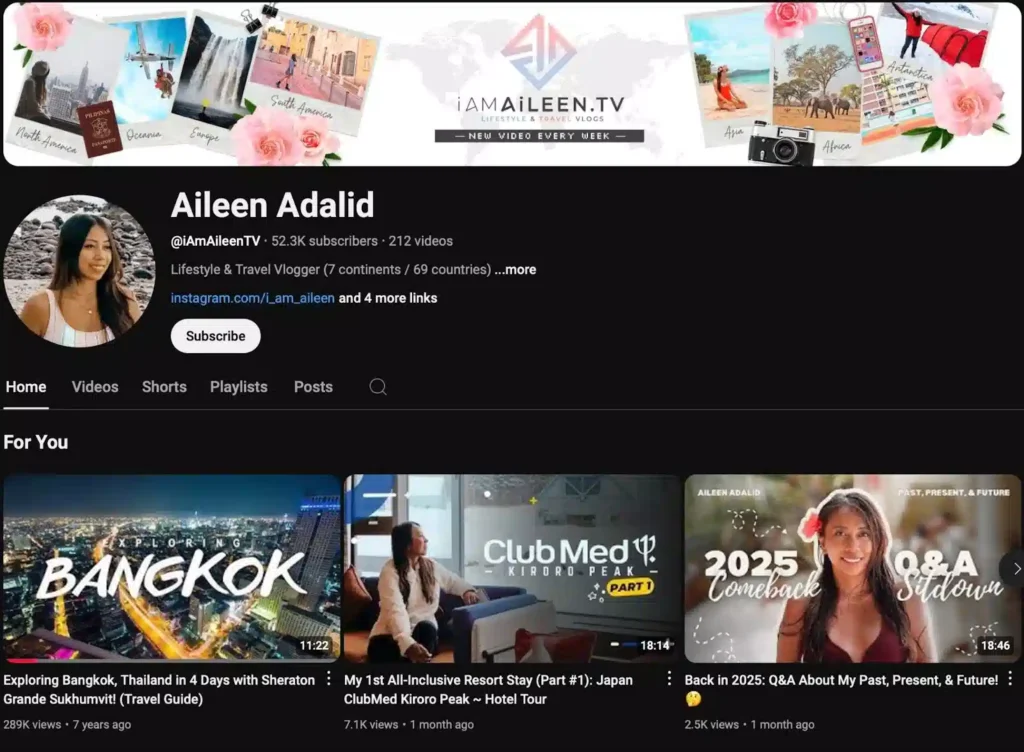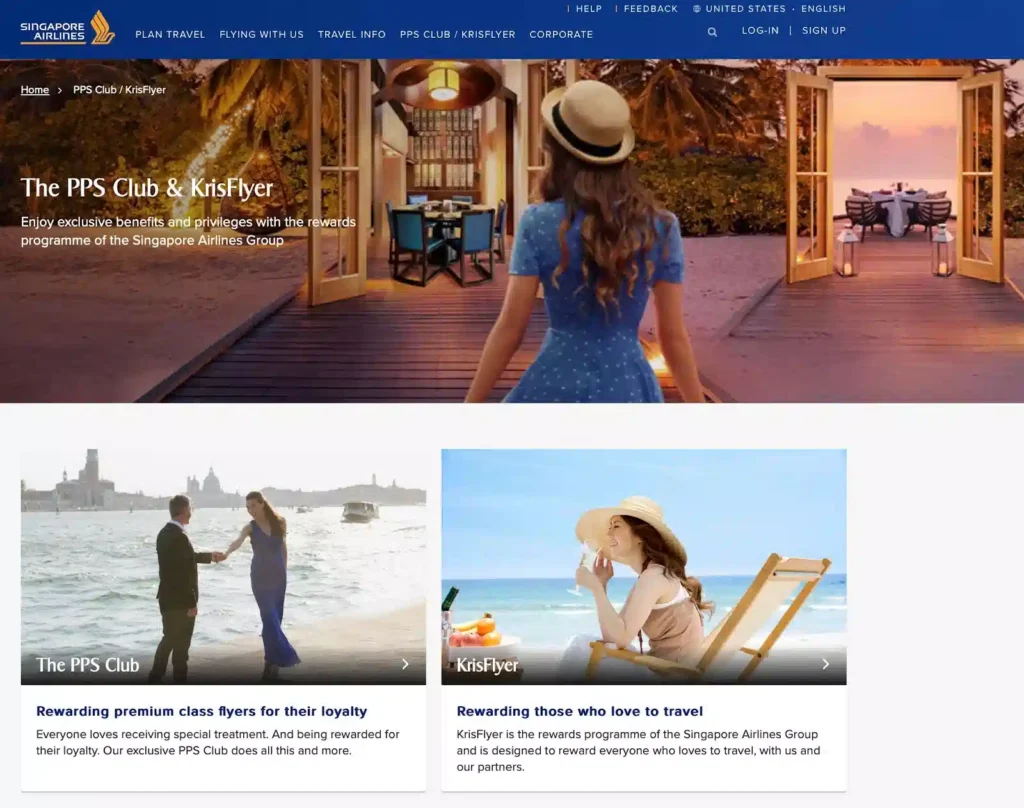Southeast Asian travelers are spending a staggering 451 billion dollars on flights, hotels, and travel experiences. This dramatic surge represents a complete recovery and growth beyond pre-pandemic levels when APAC travel spending peaked at 448 billion dollars before plummeting to 223 billion in 2020.
As Southeast Asia’s travel industry surges ahead of all regions except North America, travel brands stand perfectly positioned to capture their share of this booming market.
For travel brands looking to capitalize on this resurgence, affiliate marketing is the most effective channel to boost both awareness and revenue. By partnering with travel-focused content creators and affiliates, your brand can amplify its message and drive bookings through trusted voices in the space.
With surveys showing that 80 percent of people in SEA use influencers for travel tips, the opportunity is clear: launch or upgrade your affiliate program today to connect with eager travelers right where they’re looking for inspiration.

Photo by Kevin Woblick on Unsplash
Transform your Southeast Asia travel brand with high-impact affiliate marketing
Affiliate programs excel as a marketing strategy where brands collaborate with publishers to promote products and services. Affiliates earn commissions by recommending products and sharing unique tracking links—cost-effectively helping brands expand their reach and only pay for results.
Nowadays, consumer trust is crucial. Affiliate marketing helps brands build consumer trust quickly by partnering with affiliates with strong, established relationships with their audiences. This makes it easier for consumers to trust the brand—as shown by 80 percent of surveyed respondents in SEA having bought a product because of recommendations from a content creator.
These affiliate partnerships are powerful tools for growing brand awareness and converting potential customers. They’re also the perfect marketing channel for growing travel brands in SEA right now.
3 ways SEA travel brands benefit from strong affiliate partnerships
Affiliate marketing helps travel brands inspire and win over shoppers in personalized ways through travel blogs, influencer posts, comparison sites, limited-time discounts, and more. Influencers and affiliates can highlight local destinations and unique travel opportunities for a global audience—helping you tailor your strategies instead of running generic, outdated ad campaigns.
So, let’s break down three of the key ways that affiliate marketing solves problems for SEA travel brands in particular:
1. Helping brand awareness take off with affiliate audiences
Affiliates offer a direct way to reach your target audience—whether you want to expand globally or target a specific niche market. These affiliates bring their expertise and established audiences to your partnership through their posts and articles, helping your team raise brand awareness instantly.
Based on a recent survey in Southeast Asia, YouTube travel vloggers were the most mentioned source of travel booking inspiration. When it comes to social media platforms, 80 percent of experts from leading SEA travel brands stated that Instagram is the most effective social platform for affiliate marketing (by comparison, 63 percent picked Facebook).

Here’s Aileen Adalid’s growing YouTube travel channel highlighting travel opportunities in Southeast Asia (and the rest of the world).
Success comes down to choosing the right partners. A publisher with international reach could help your travel brand expand and connect with new potential customers worldwide. A local influencer with a highly engaged following is the perfect affiliate partner for highlighting specific destinations, fun trip itineraries, and exciting travel experiences for tourists.
Key brand tip
2. Turning inspiration into bookings with partners at every step
Travel bookings aren’t always quick, spur-of-the-moment purchases. Many people research and compare flights, hotels, and destinations before buying. For travel brands wanting to win shoppers over and turn initial interest into booked itineraries, standing out during the research phase is crucial.
A diverse mix of affiliates gives you multiple opportunities to reach these prospective travelers. Instead of betting on one significant affiliate relationship, spread your partnerships across the whole sales funnel. Currently, 80 percent of survey respondents in SEA use influencers as a key source of travel inspiration.
So, team up with travel influencers and adventure blogs to inspire and excite people about your airline, hotel, etc. Partner with booking comparison sites to show that you offer the best deals. With multiple creators and publishers advocating for your brand along the customer research journey, you’ll boost your odds of successful bookings.

Here’s rising travel influencer Amelyn Beverly teaming up with The Fullerton Hotel in Singapore with a special offer and giveaway for her followers.
Key brand tip
3. Set your brand apart with first-class consumer outreach
Standing out is tough with so many competitors in the SEA travel industry. Here’s how to focus on what makes your brand unique and encourage your affiliates to highlight those key differences:
- Create Exclusive Offerings
- Design custom itineraries featuring regional attractions
- Develop unique travel packages around local events
- Offer one-of-a-kind experiences exclusive to your brand
- Plan strategic seasonal deals for off-peak months
- Enhance Customer Experience
- Provide room upgrades
- Include premium meal packages
- Add guided tours with local experts
- Create memorable perks that drive word-of-mouth

Singapore Airlines promotes exclusive rewards for its members—setting it apart from the competition.
- Empower Your Affiliates
- Let them showcase their authentic voice
- Encourage creative content formats like short-form video
- Share your media library resources
- Provide data-driven feedback through impact.com’s tools
- Personalize Communications
- Tailor messages to show customers they’re valued
- Help affiliates craft authentic recommendations
- Move beyond generic corporate scripts
- Build genuine connections with your audience
Remember: On impact.com’s platform, you can directly communicate with affiliates, share resources, and provide feedback that helps partners grow while maintaining your brand’s unique identity.
Key brand tip
FAQs
Affiliate marketing helps brands earn consumer trust by partnering with credible affiliates with established audience relationships. This endorsement shares the affiliate’s established authenticity and reliability, helping consumers trust the brand.
Affiliate partnerships allow brands to work with travel bloggers, influencers, or booking platforms to promote their destinations, packages, or services. Affiliates earn a commission for each booking or lead generated through their referral, expanding the brand’s reach to a wider, travel-focused audience.
Travel brands stand out by offering unique experiences, personalized offers, and engaging content that resonates with their target audience. Building strong affiliate partnerships and promoting influencers or user-generated content also enhances their visibility and credibility.
Strengthen your Southeast Asia travel bookings with strategic affiliate partnerships
Travel brands in Southeast Asia have a fantastic opportunity with the industry bouncing back. With the right partners, you can connect with your ideal customer, build consumer trust, and highlight your strengths vs the competition. The best way to launch or upgrade your affiliate marketing program is impact.com’s rock-solid foundation that comes with:
- A customizable dashboard with a wide range of talented, vetted partners
- Flexible crediting options like first click, last to cart, and last click
- Seamless communication tools to engage with partners and create lasting collaborations
- Innovative tracking features to credit affiliates accurately every time
- Easy payment options in multiple global currencies
- Reporting tools to optimize partner and program performance to hit your brand goals
Book a test flight with impact.com’s state-of-the-art platform today at grow@impact.com!
Check out these resources for more affiliate marketing tips and examples:




